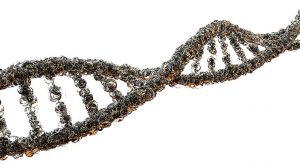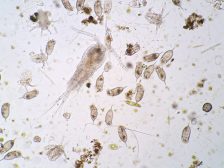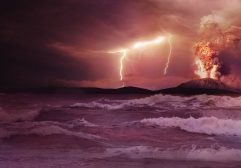Definition
noun, plural: tracheids
(botany) A tubular cell in the xylem of vascular plants whose primary function is to conduct water and mineral salts, provide structural support, and prevent air embolism in vascular plants
Supplement
The xylem is the vascular tissue responsible for the upward conduction of water and nutrients from the roots. The xylem tissue moves water and nutrients to various parts of the plant such as shoots and leaves. Its major components include xylem parenchyma, xylem fibers, tracheids, and xylem vessels.
Tracheids are one of the two types of tracheary elements of vascular plants. (The other being the vessel elements). A tracheid cell loses its protoplast at maturity. Thus, at maturity, it becomes one of the non-living components of the xylem. Tracheid cells are tube-like with tapering ends. The average length is 5 to 6 mm. The cells have primary and secondary cell walls. The secondary cell wall is lignified and forms in between the primary cell wall and the plasma membrane in various thickening patterns. The most common patterns are annular, spiral, scalariform, reticulate, and pitted. When viewed from the top, the cells appear angular and polygonal. Tracheids have pits, which are concave depressions on the cell wall. In general, each of the pits has a complimentary pit on the neighboring tracheid cell. These pits that are complimentary are called pit pairs. Through them, water can move across from one tracheid cell to another.
In pteridophytes, tracheids are the only water conducting elements. In gymnosperms, the wood is composed chiefly of tracheids. Conifers lacking vessel elements produce the so-called softwood.
See also:
Dictionary > Tracheid
You will also like...

Fruits, Flowers, and Seeds
This tutorial deals with the structure and function of flowers, fruits, and seeds. Also included here are the types of f..

Circulation
The circulatory system is key to the transport of vital biomolecules and nutrients throughout the body. Learn about the ..

Genetic Information and Protein Synthesis
Genes are expressed through the process of protein synthesis. This elaborate tutorial provides an in-depth review of the..

Genetic Mutations
This tutorial looks at the mutation at the gene level and the harm it may bring. Learn about single nucleotide polymorph..

Freshwater Communities & Plankton
Planktons are microscopic organisms that live suspended in aquatic habitats. There are two groups: the phytoplanktons an..

Origins of Life on Earth
Earth was created around 4.5 billion years ago and life began not long after. Primitive life likely possessed the elemen..

